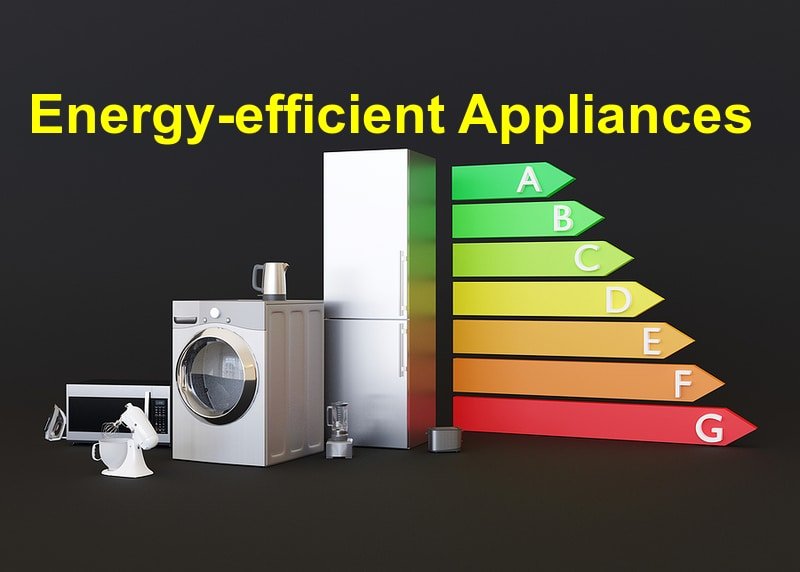Energy-efficient electrical appliances are designed to perform their functions while consuming less energy compared to conventional models. They achieve this efficiency through advanced technology, improved design, and optimized energy usage. Here’s how they work:
1. Advanced Motors and Components
- Brushless Motors: Appliances like washing machines and refrigerators use brushless DC motors, which are more efficient and generate less heat than traditional motors.
- Inverter Technology: In air conditioners and refrigerators, inverter technology adjusts the motor speed based on the workload, reducing energy wastage.
2. Improved Insulation
- Thermal Insulation: Refrigerators and ovens use advanced insulation materials to maintain temperature with minimal energy loss.
- Sealed Gaskets: Prevent air leakage, reducing the need for extra energy to maintain desired conditions.
3. Optimized Heating and Cooling
- Heat Pumps: Used in energy-efficient dryers and water heaters, these systems transfer heat rather than generating it directly, consuming less electricity.
- Smart Thermostats: Automatically adjust heating or cooling based on room occupancy or outdoor temperatures.
4. Efficient Lighting
- LED Technology: LED lights consume significantly less energy than incandescent or fluorescent bulbs while providing the same or better brightness.
5. Sensor-Based Operation
- Load Sensors: Appliances like washing machines and dishwashers use sensors to detect the load size and adjust water and energy usage accordingly.
- Occupancy Sensors: Devices like lights or air conditioners turn off automatically when no one is present.
6. Low Standby Power
- Many energy-efficient appliances are designed to consume minimal power in standby mode, often below 1 watt, reducing energy waste when not in active use.
7. Energy Recovery Systems
- Some appliances, such as dryers or advanced HVAC systems, capture and reuse energy (e.g., heat from exhaust air) to reduce overall energy consumption.
8. Smart Technology and Connectivity
- Programmable Settings: Allow users to schedule appliance operations during off-peak hours.
- IoT Integration: Smart appliances monitor energy usage in real time and optimize performance for efficiency.
9. High-Efficiency Materials
- Advanced Coatings and Materials: Reduce friction or heat loss in moving parts and heating elements, improving performance without increasing energy use.
10. Compliance with Standards
- Appliances are often engineered to meet or exceed energy efficiency standards, such as ENERGY STAR certification, which guarantees that they use less energy than standard models without compromising performance.
By combining these technologies and practices, energy-efficient appliances provide the same or better functionality while lowering electricity consumption, reducing carbon emissions, and saving costs for users.














